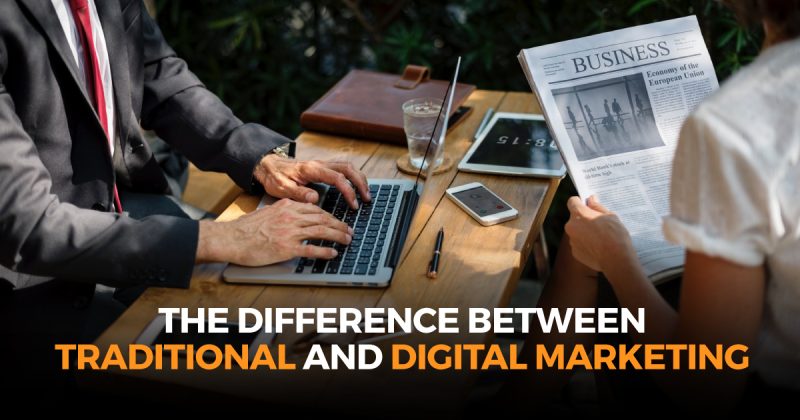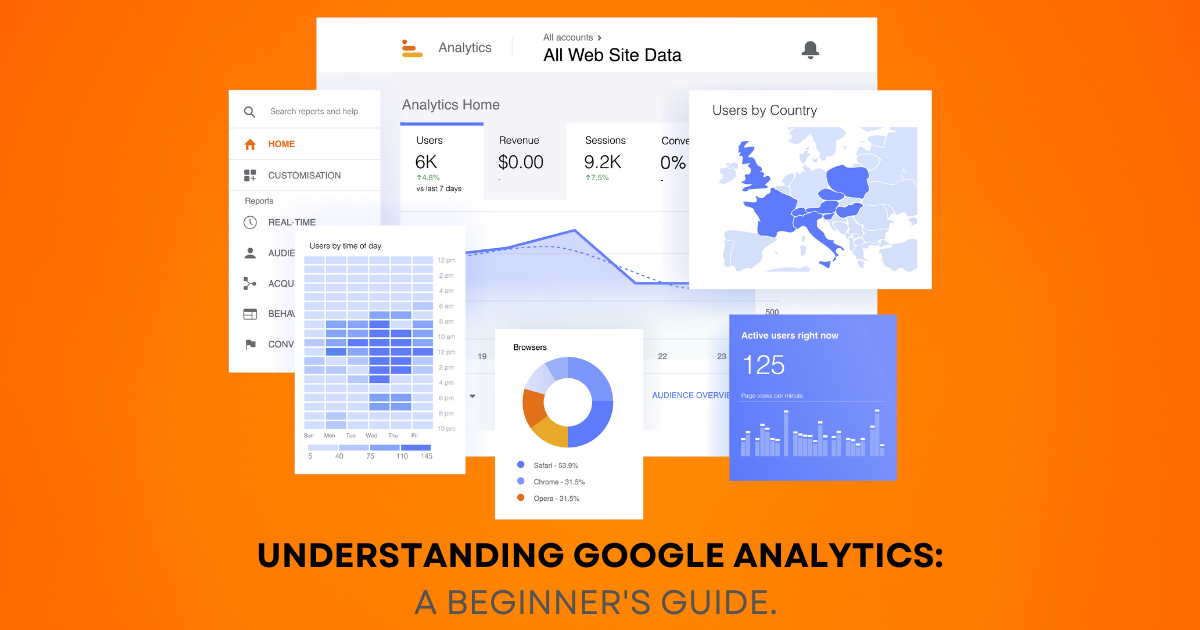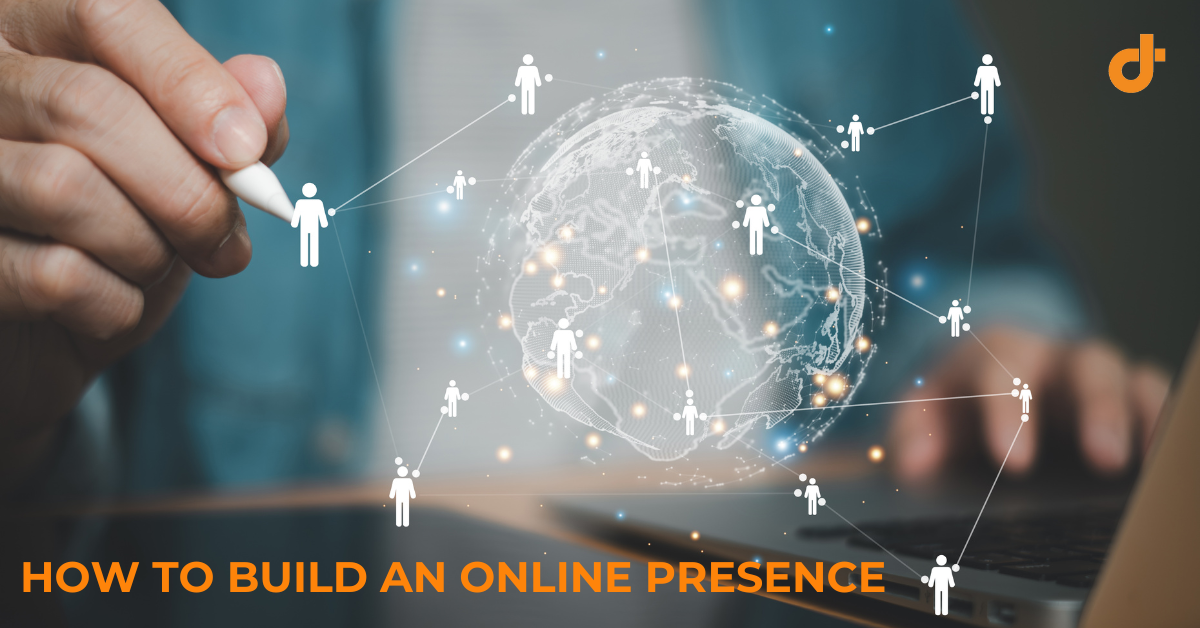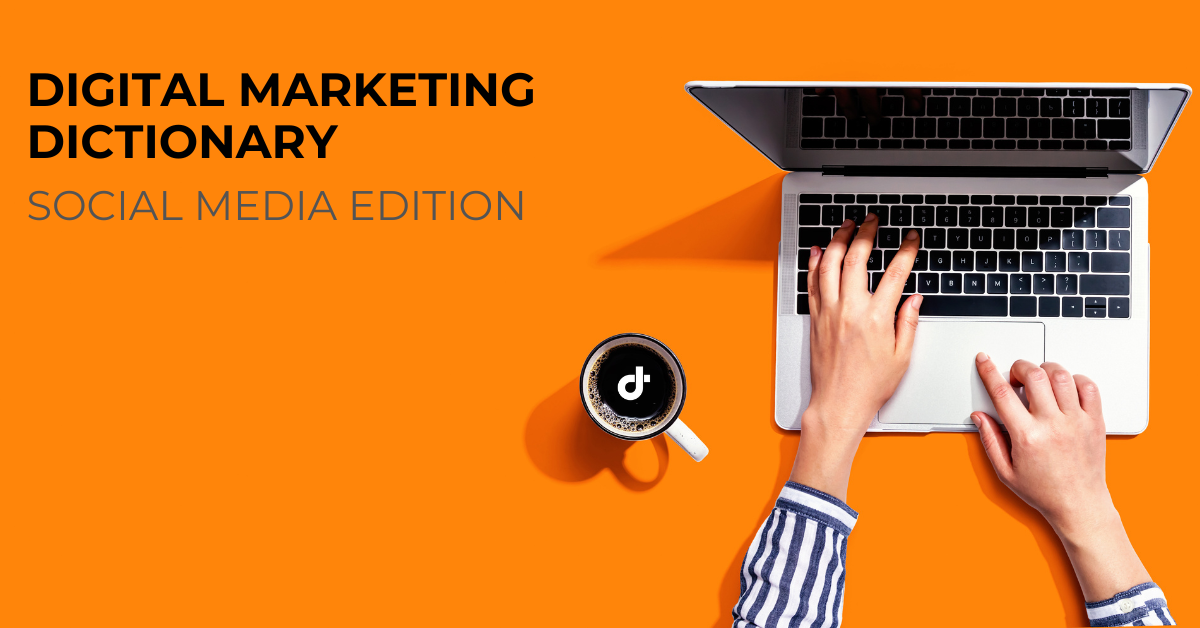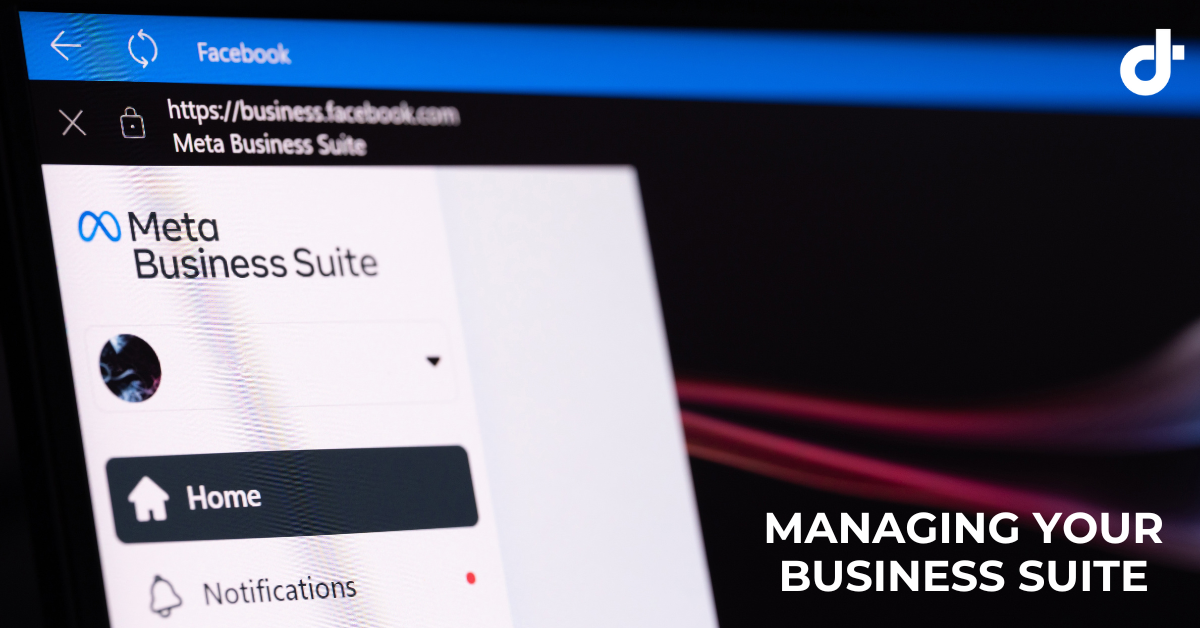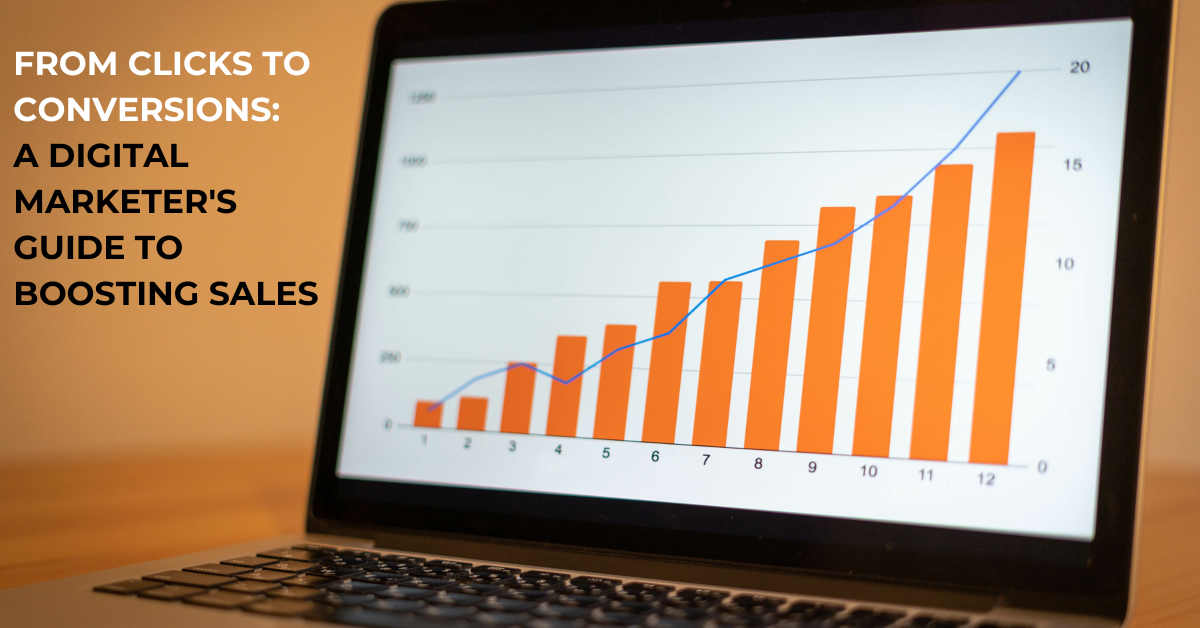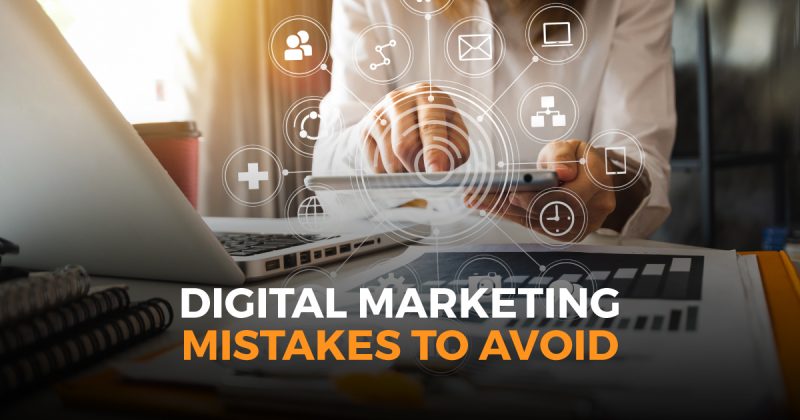Traditional VS Digital Marketing – What’s the Difference?
Sometimes, the toughest thing to figure out in the marketing world is which strategy will provide you with the perfect reach and largest profit for the budget you have. Traditional vs. digital marketing is still one of the biggest business discussions to be had.
There are many who believe traditional marketing barely exists anymore, if at all. The reality is that despite the dominance of digital marketing, traditional marketing is still going strong when used appropriately.
So what is the big difference between traditional marketing and digital marketing strategies? And what are the advantages and disadvantages of each?
Our team of marketing experts is here to answer these questions and help you decide which of them should you be putting your budget towards.
Traditional Marketing
Traditional marketing includes many things such as business cards, notices, announcements, handouts, business promotions on TV and radio or print advertisements in daily newspapers and magazines to publicize an occasion or products.
Basically, this term refers to any kind of marketing execution except digital means to brand and promote your company, products or services.
Advantages of Traditional Marketing
1. Hard copies – The majority of traditional marketing pieces can actually be kept which allows your audience to keep hard copies that they can read or browse through over and over again.
2. Simple – Since the majority of the population has already been exposed to traditional marketing strategies, they can easily understand and absorb the materials and messages. Despite what it may seem like, not everybody is an owner or regular user of a computer or smartphone.
3. Reach a local audience – Using an ad on a local radio station or sending direct mailers to specific neighbourhoods make it easy for your business to reach your local target audience.
Disadvantages of Traditional Marketing
1. Little interaction – Since traditional marketing is static, there’s no way for your brand to really interact with your audience. It’s a one-way, interruption-based form of reaching consumers.
2. Costly – Both print and radio advertisements can cost big bucks and that doesn’t even include the price of hiring someone to distribute the materials.
3. More difficult to measure – The results of traditional marketing efforts cannot be easily measured, and in some cases, cannot be measured at all. It’s more like you’re putting information out there in front of people and hoping that they decide to take action.
Digital Marketing
In simple terms, digital marketing is traditional marketing, but uses digital devices and platforms.
It includes websites, social media pages, YouTube videos, banner ads, blogs, apps and so much more. As technology evolves, the universe of digital marketing continues to propel forward with it.
Advantages of Digital Marketing
1. Larger audience – With digital marketing, you can reach not only your local target audience but your international target audience as well. You can even tailor a campaign towards a specific audience making it that much more effective.
2. High interaction – not only is interaction possible with digital marketing, it’s encouraged. You can actually create call-to-actions that lead your audience to your website, rate your services, call your business, etc.
3. Cost-efficient – While relying on organic reach will limit your campaign’s potential, the overall cost of paid digital marketing is still considerably cheaper and more flexible than traditional marketing costs, especially in terms of upfront and start-up costs.
4. Measurable results – Unlike traditional tactics, you can see in real-time what is or is not working for your campaign and quickly make changes in order to improve your results.
5. Digital word of mouth – Out of all the advertising in the world, nothing beats a referral from a happy customer. Positive online reviews can be huge motivators for making a purchase. Between Google reviews and social media profiles and discussions, there are numerous ways for customers to share their experiences with both their friends and strangers.
6. Two-way communication – Social media and e-mail marketing are examples of how digital marketing promotes two-way communication, allowing for ongoing feedback and relationship building. Traditional marketing only allows for one-way communication by simply showcasing a product and leaving it at that.
When you are able to connect with your audience and offer solutions to their wants and needs, they practically do your marketing for you.
Disadvantages of Digital Marketing
1. Timely – With digital marketing campaigns, it can take some time before you see measurable success. It’s important to not give up and let the campaign run its full course.
Added Value vs. Pure Promotion
Another notable difference between digital and traditional advertising is that many digital marketing campaigns embrace content marketing to provide value to their audience. Traditional advertisers typically only share messaging that is directly related to promoting and selling their products and services.
So, what does it mean to provide value? It has nothing to do with money. This value could come from a blog sharing industry news and insights, an e-newsletter with product maintenance information, an infographic or video with lifestyle tips or even a classic #MondayMotivation social graphic! It’s all about sharing solutions, information or even entertainment as a way of building trust, credibility and eventually, revenue.
Added value and building meaningful relationships are something a print or radio ad simply cannot do.
Marketing in a Data-Driven World
With traditional advertising, it’s more difficult to truly understand the impact of your campaign and your Return on Investment (ROI). Digital marketing gives the data you need to have a more comprehensive understanding of your ROI and what you can do to improve it in the future.
When purchasing a radio or television ad, you aren’t given much more information than the number of listeners in that market and general demographic information.
With digital marketing, the targeting options far exceed those of traditional marketing platforms. In a social media campaign, you can create a custom audience of people to reach based on their demographics, locations and interests, or even create a remarketing audience solely of people who have already visited your website or other online behaviours.
Analytics and enhanced targeting information helps take the guesswork out of your marketing and allows you to make the most of your marketing budget by promoting your messages to the most relevant audience possible.
—
Now that you know about the differences between the two strategies, which one should you use? Well, we would recommend using both, but finding the right balance between the two is key.
Knowing what you spend and what you get in return is the key benefit of digital marketing versus traditional advertising, but it’s important to really focus on what the goal of your campaign is before you choose which marketing route to take.
Luckily, here at Design Thinking, we can help you create a strategic marketing plan that incorporates both approaches. Furthermore, we can create all of the materials and execute that strategy for you.
Contact us today for all of your traditional and digital marketing needs in Brantford and the surrounding areas.

